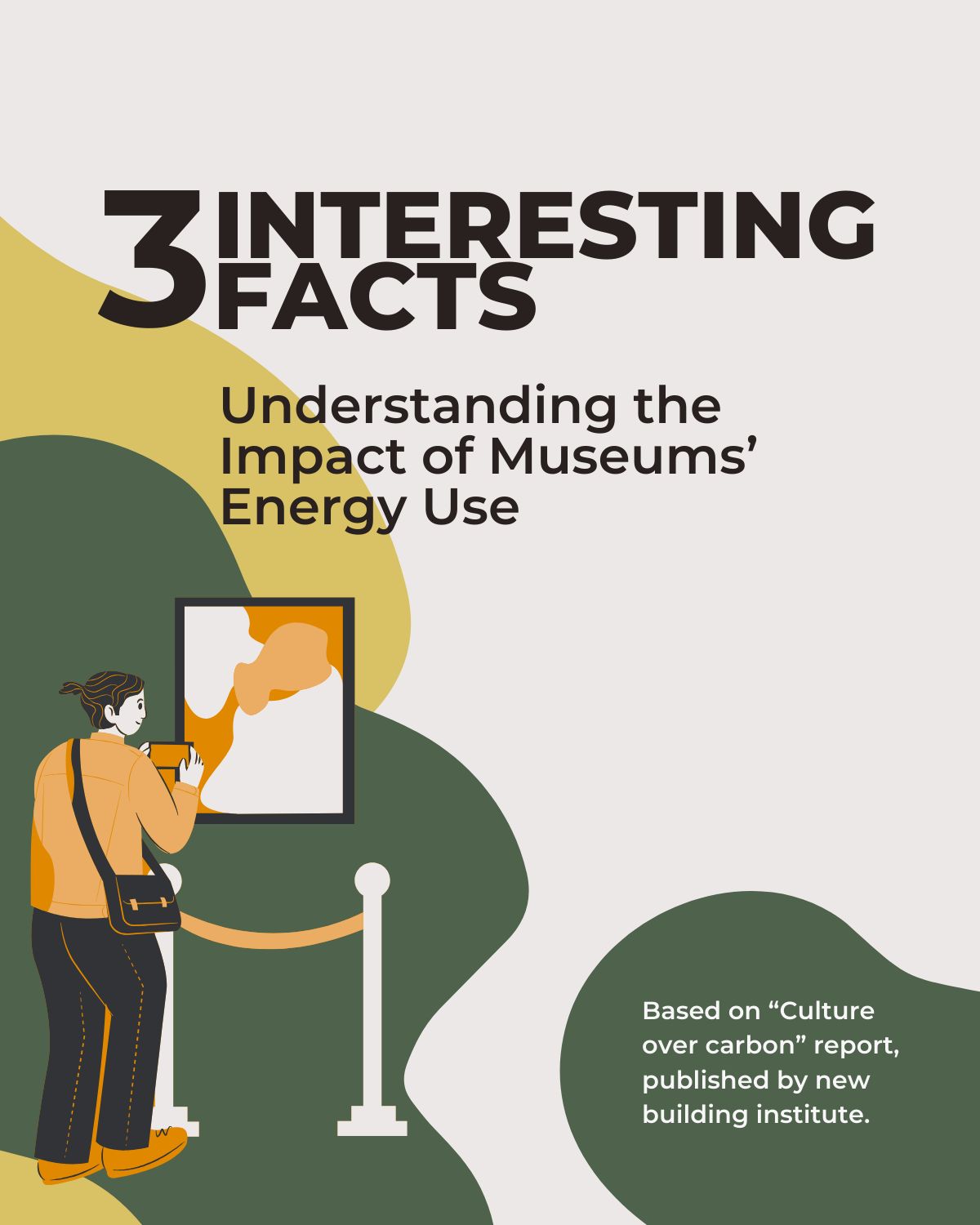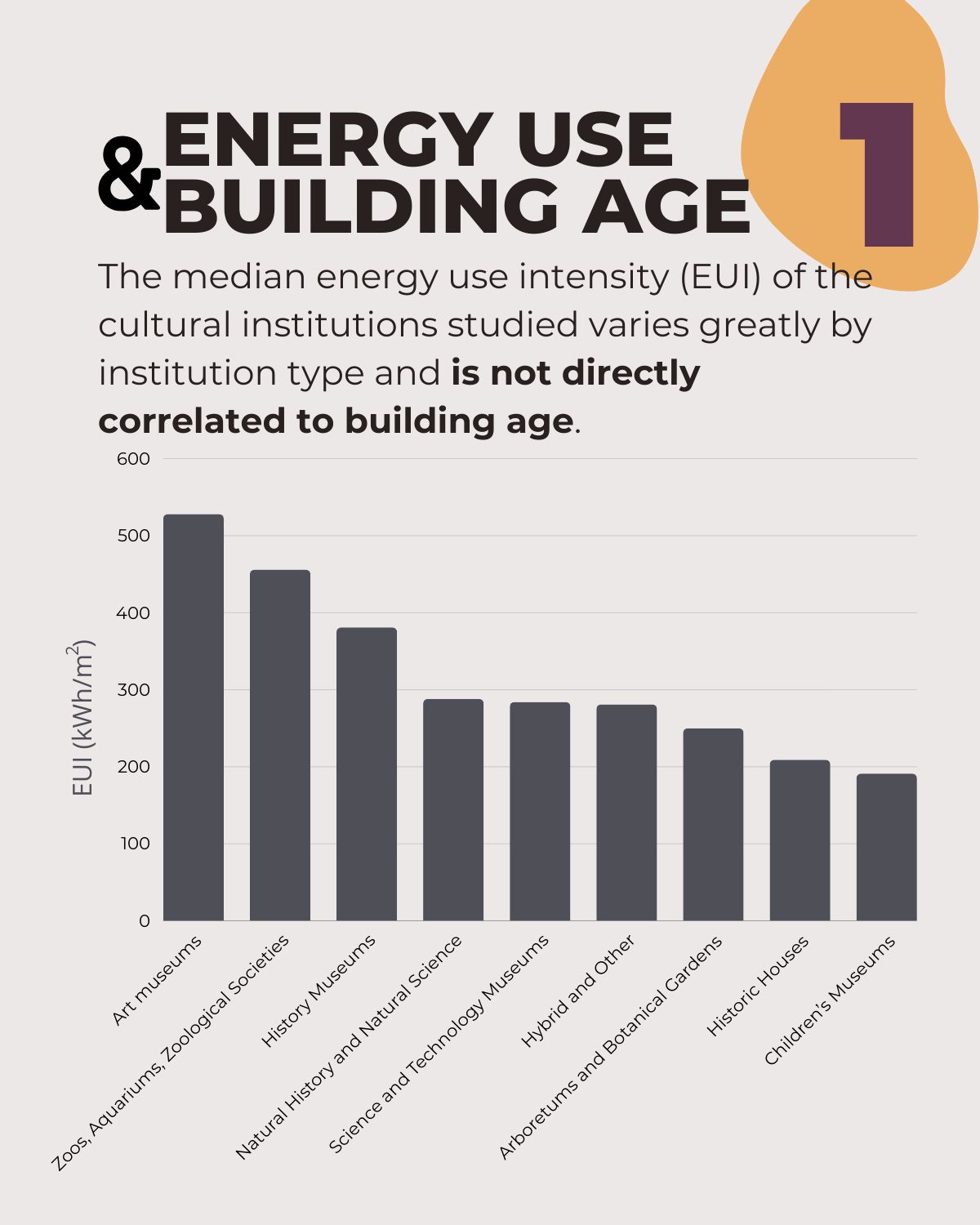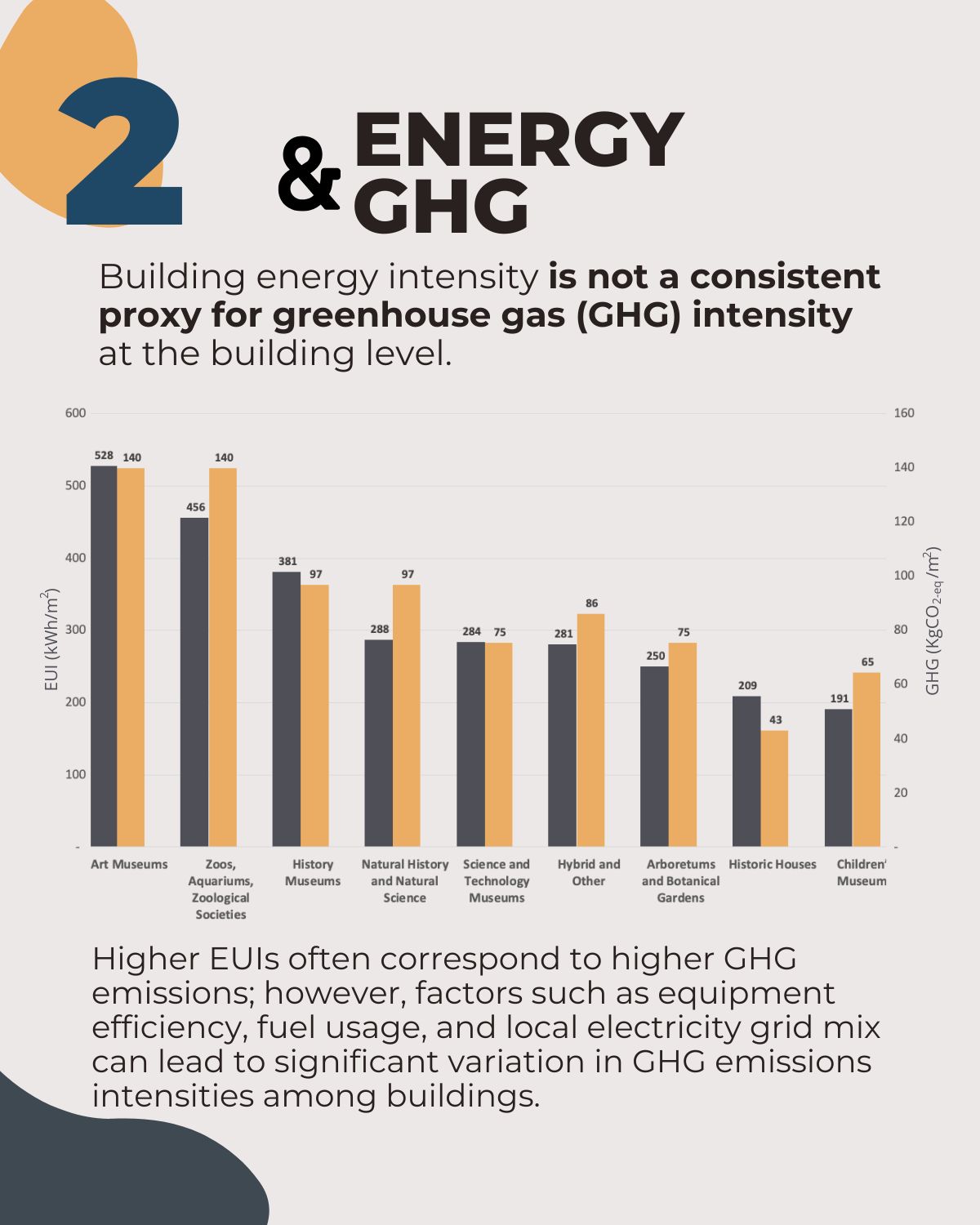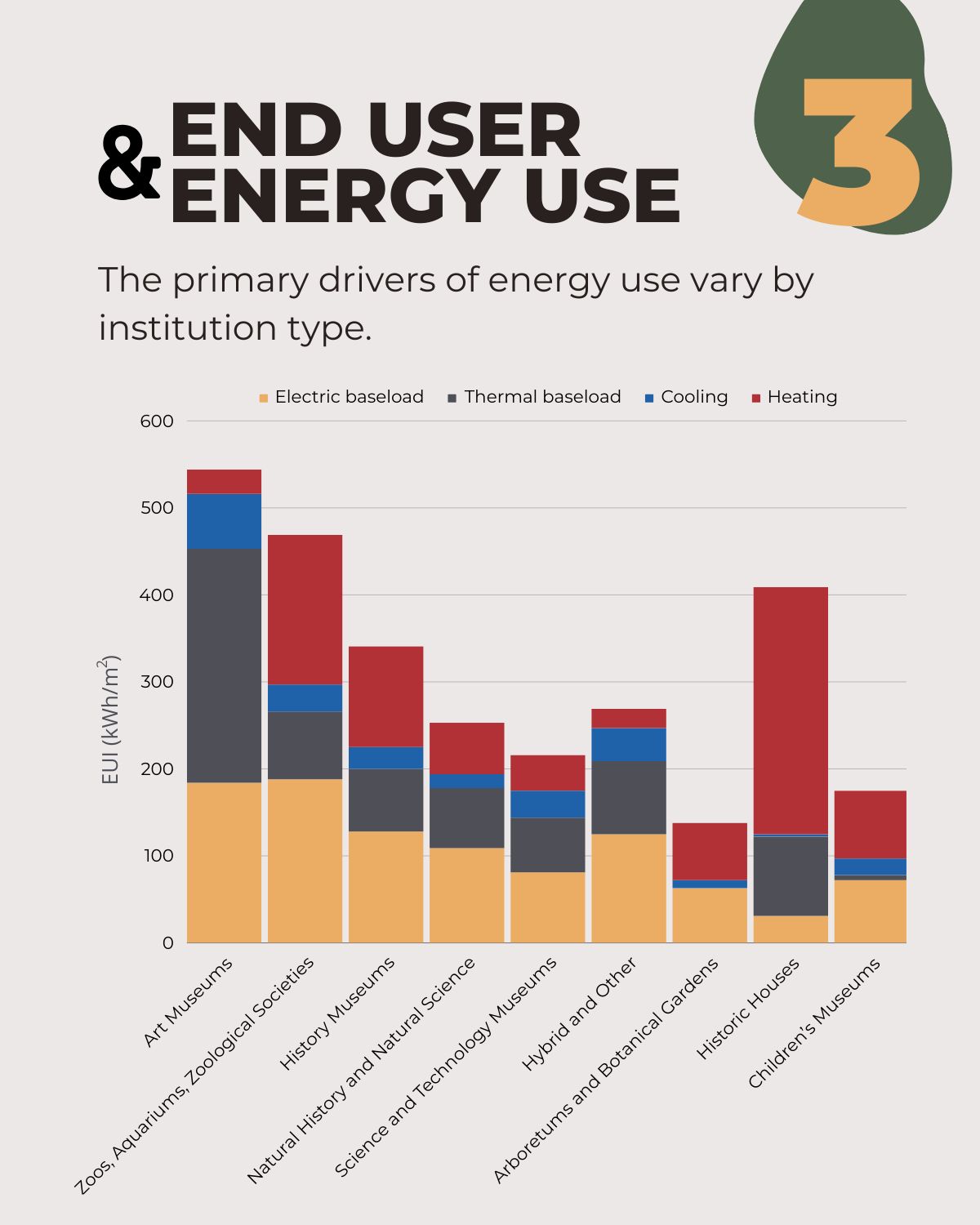Culture over Carbon
Understanding the impact of Museum’s Energy use.
From: PARTNER C+P | 14.12.2023
The “Culture Over Carbon” report by New Buildings Institute heralds a new era in the cultural sector’s approach to sustainability. This groundbreaking study goes beyond just recognizing the environmental challenges that cultural institutions face. It actively gives a detailed and complete analysis of how much energy they use. As the first of its kind, the report shines a spotlight on the often-overlooked intersection of cultural preservation and environmental stewardship, positioning museums and similar institutions at the forefront of the fight against climate change.
New Buildings Institute (NBI) gathered and assessed energy data from over 130 diverse cultural institutions, including museums, zoos, and historical sites. Utilizing FirstView® software, they analyzed the energy usage of more than 240 buildings. This comprehensive analysis, incorporating both quantitative and qualitative data, is crucial for enhancing energy efficiency.
Understanding of COC’s Relevance
In a world grappling with the urgent need for climate action, the role of cultural institutions in mitigating environmental impact cannot be overstated. The “Culture Over Carbon” report serves as a vital catalyst in this endeavor. It recognizes that while these institutions are custodians of human heritage and knowledge, they also bear a significant responsibility to adapt and lead in sustainable practices. The report’s findings underscore the crucial need for cultural institutions to not only track and manage their energy consumption but also to align with and actively contribute to global efforts in reducing greenhouse gas emissions.
Overview of Key Findings
- Energy Use Variation
Energy Use Intensity (EUI) varies significantly by institution type, not correlating directly with building age. Art museums, zoos, and history museums exhibit the highest EUIs.
- GHG Emissions Factors
Building energy intensity isn’t a consistent measure for greenhouse gas (GHG) emissions. Factors like equipment efficiency and local electricity grid mix contribute to variability in GHG intensities.
- Thermal Baseloads and Efficiency
Many cultural institutions have high thermal baseloads and challenges with heating and ventilation efficiency, leading to increased GHG emissions.
- Opportunities for Reduction
Cultural institutions collectively have a significant opportunity to reduce energy consumption and GHG emissions, positively impacting the environment and operational costs.
- Influence of Visitor Numbers
The number of annual visitors isn’t predictive of annual energy consumption, underscoring the need for institution-specific energy management strategies.
The “Culture Over Carbon” report is a clarion call for the cultural sector to adopt a more sustainable approach. It provides a foundation for significant environmental improvements and showcases the sector’s potential to lead in global sustainability efforts.
By collectively undertaking these initiatives, the cultural sector will positively impact the climate, ensuring the enduring well-being and safety of all life forms, as well as the vitality of our communities and the rich tapestry of diverse cultures.
RESOURCES AND FURTHER INFORMATION:
NBI, New Buildings Institute
Blooloop, Sustainable Art Shipping – Challenges and Solutions
Environment & Culture partners, The art industry needs a genuine sea change—in the shipping sense





